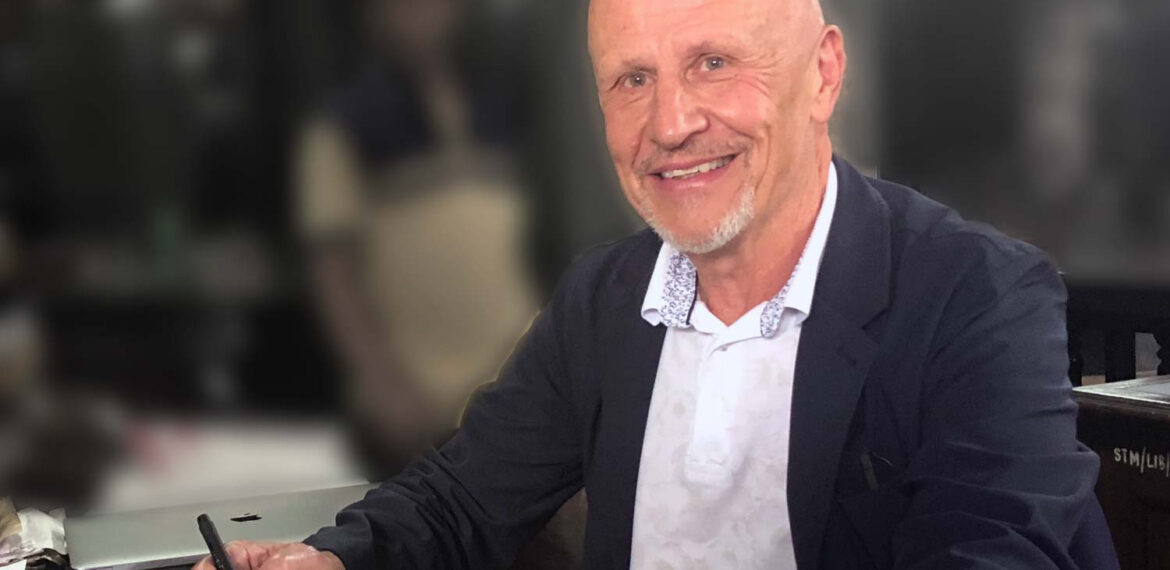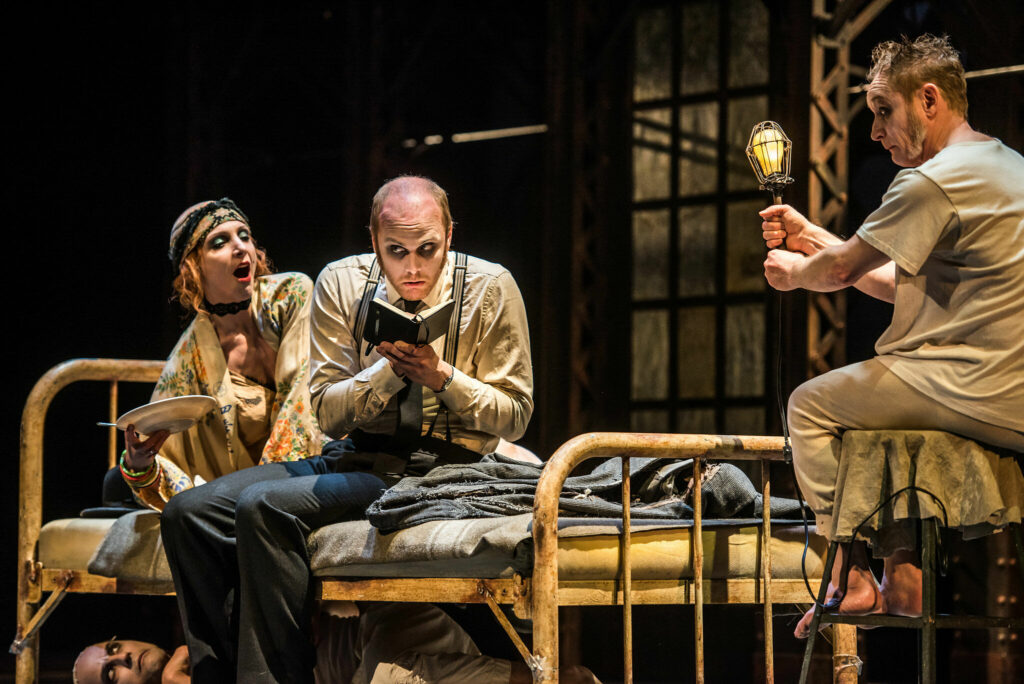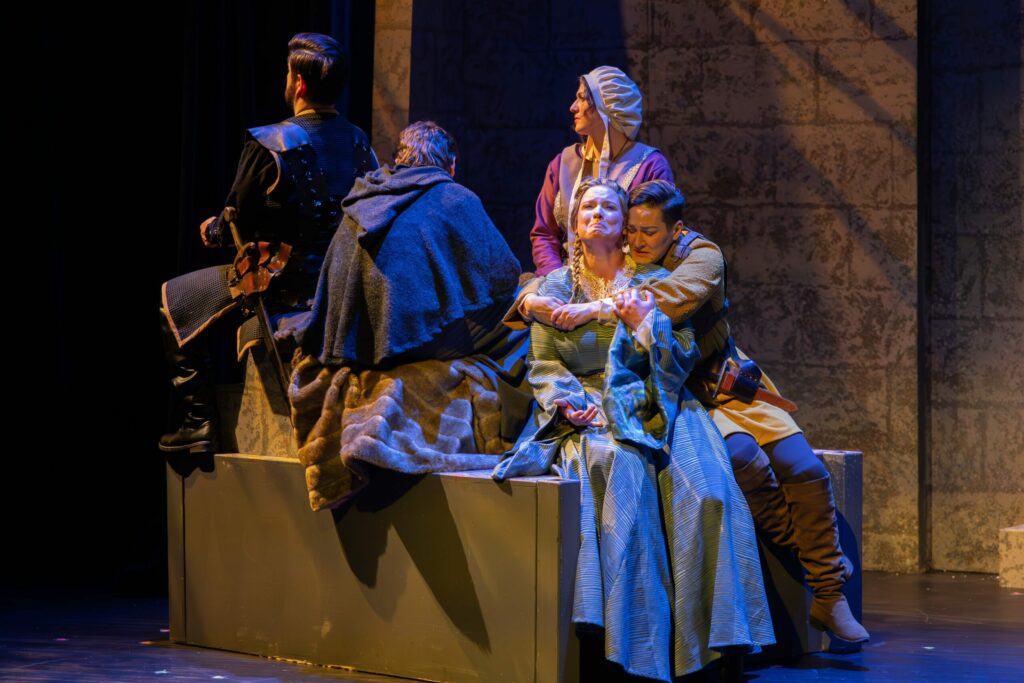Canadian Opera Resource
Canadian Opera Resource
COR
Operas
A historical reenactment: Prime Minister Stephen Harper sets off to the Arctic to claim dominion over a particular ice floe. Mr. Valernikov, a Russian seal, mistakes Harper for a full-figured female seal and propositions him. After sorting out the misunderstanding, Valernikov claims Harper is in Russian waters. Harper, chagrined, tries to make h...
Composer: Norbert Palej
Librettist: Charles Hayter
Content warning: mental illness, alcohol use, incarceration due to mental illness
Is it the clothes that make a man, or is it something other than?
Based on the satirical Nikolai Gogol story of the same name, The Overcoat centres on Akakiy Akakiyevich, a diligent man no one likes, who works the numbers best he can. But he can barely pay th...
Is it the clothes that make a man, or is it something other than?
Based on the satirical Nikolai Gogol story of the same name, The Overcoat centres on Akakiy Akakiyevich, a diligent man no one likes, who works the numbers best he can. But he can barely pay th...
Composer: James Rolfe
Librettist: Morris Panych
A not-so-pure Maiden is sent to marry a not-so-manly Lord, who is advised by a not-so-celibate Priest, and protected by a not-so-insensitive Thug in an England ruled by a King who won’t get out of bed. Based on the award winning play by Moira Buffini.
Composer: Leslie Uyeda
COR
Excerpts
While claiming sovereignty of an ice floe, Harper meets a seal, then drowns as the floe melts.
Akakiy reveals his fascination with numbers, and the chorus announces they’ll help keep track of things. His landlady enters to bring him some cabbage soup- and something more, which he refuses.
After rushing to work, Akakiy is bullied by his coworkers. He’s too good at his job, and it’s making the rest of them look bad.
Petrovich declares Akakiy’s coat is completely unfixable, but also that this is the chance for Akakiy to choose something new. Of course, he’ll have to pay.
Akakiy gets caught in rush hour and arrives late to find the head the department telling a sad story about encountering a homeless vagrant. Annoyed at being interrupted, the head of the department grills Akakiy on his little notebook of numbers. Akakiy explains he was using it to find ways to save money, which gives the head an idea. He’ll cut c...
Measuring Akakiy becomes a ballet of awkwardness. Petrovich and his wife muse on what really makes a man: how he appears.
The name day party. Everyone is dressed to the nines, but Akakiy adds up to at least an eleven. They fawn over his coat, going so far as to toast to it. Akakiy forgets to count his drinks, and ends up completely drunk. He gets lost on the way home, winding up in the rough part of town. Akakiy asks two men for directions, but instead, they knock ...
After days of near catatonia in his cold apartment, the landlady asks Petrovich to repair Akakiy’s old coat, to no avail. Even his coworkers arrive to check in, but by then, Akakiy is unreachable. Akakiy is committed to a mental hospital. Once he arrives, the other residents encourage him to look at things a little differently. It turns out he h...





